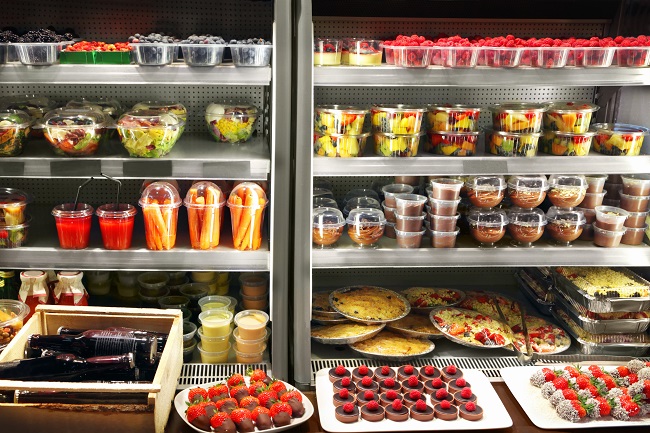Increasingly, the unprecedented levels of food waste in the developed world, at a time when close to one billion of the world’s population faces starvation, is seen as an international scandal.
At the same time, people are becoming more aware of the enduring damage inflicted upon the planet by the disposal of 20th century packaging materials. Tackling these problems ‘at source’ will require massive changes, all under circular economy principles.
However, such actions are hugely disruptive to well-established industries and often come at significant extra cost - ultimately to the consumer. One measure which can be taken quickly - and often at comparatively low cost - is to extend the shelf life of food and drink.
When it comes to shelf life extension, one area currently under investigation is the use of packaging materials which have been enhanced to reduce microbiological growth. Also known as ‘active packaging’, the packaging material is treated directly, and/or the food products are coated with antimicrobial agents.

Microbial activity can be a major threat to the safety of food

Learn more about Shelf Life & Stability Analysis here
These antimicrobial agents can be essential oils such as oregano, clove or orange, or organic acids such as acetic acid or natural polymers, for example chitosan, which are derived from shellfish and insects.
Initial research conducted on active packaging and its ability to control microbiological growth has been promising, with a variety of materials assessed. However, further analytical work is required to understand the full scope of antimicrobial efficacy against a variety of microorganisms, as well as how temperature abuse might affect the proposed packaging and coatings. Additionally, the packaging materials themselves must be thoroughly assessed to understand potential chemical and physical hazards.
As it shifts from traditional plastic packaging to novel active packaging and coatings, the food industry should therefore work closely with scientific safety analysis (as well as with sensory panel testing) to understand the potential hazards. Otherwise, the benefits of longer shelf life could come at the cost of serious unintended consequences for human health.




